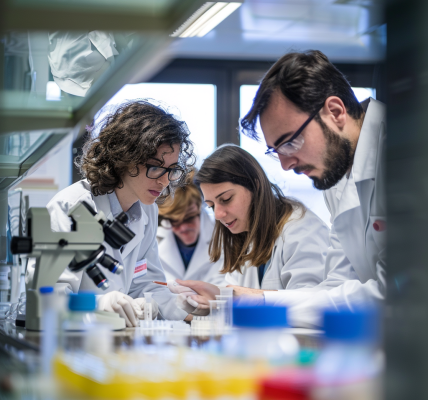A recent groundbreaking study conducted by researchers at Penn State College of Medicine has unveiled critical insights into the role of a toxic protein in the progression of amyotrophic lateral sclerosis (ALS). The research focuses on the trimeric form of the protein superoxide dismutase 1 (SOD1) and its unique interactions within the brain, spinal cord, and muscle tissues. This study, published in the journal Structure, paves the way for a deeper understanding of the complex mechanisms underlying ALS and highlights potential therapeutic targets for future treatments.
ALS is a progressive neurodegenerative disease that affects nerve cells in the brain and spinal cord, leading to muscle weakness, disability, and ultimately, death. SOD1 mutations have been identified as a significant contributor to familial forms of ALS, but the precise mechanisms by which these mutations lead to neurodegeneration have remained elusive.
The study reveals that SOD1 trimers exhibit distinct binding characteristics with various proteins across different tissue types. This unique binding behavior may significantly impact cellular communication, structural integrity, and energy production within neurons and muscle cells.
In neurons, the presence of SOD1 trimers appears to influence cellular aging and communication pathways, potentially accelerating neurodegenerative processes. The researchers found that septin-7, a protein crucial for neuronal function, binds to SOD1 trimers. This interaction may exacerbate the degeneration of nerve cells, suggesting that targeting septin-7 could be a promising avenue for therapeutic intervention in ALS.
On the other hand, the study indicates that SOD1 trimers also disrupt metabolic processes in muscle cells. The interference in muscle cell function could lead to muscle wasting and contribute to the overall progression of ALS. Understanding how SOD1 trimers affect muscle cells is essential for developing comprehensive treatment strategies aimed at both neuronal and muscular aspects of the disease.
The researchers emphasize that further investigation is necessary to fully elucidate the mechanisms by which SOD1 trimers impact cellular functions across different tissues. These findings could guide the development of targeted therapies that address the specific pathways involved in ALS progression.
Key highlights from the study include:
- SOD1 trimers bind differently in brain, spinal cord, and muscle tissues, resulting in unique effects on each tissue type.
- In neurons, SOD1 trimers significantly affect cellular aging and connectivity, while in muscle cells, they disrupt crucial metabolic processes.
- Septin-7, a vital protein involved in neuronal communication, may be disrupted by SOD1 trimers, indicating its potential as a therapeutic target for ALS.
As the scientific community continues to unravel the complexities of ALS, this study marks a significant milestone in understanding the disease’s pathology. By identifying the unique interactions of SOD1 trimers within various tissues, researchers are one step closer to developing effective therapies that could improve the quality of life for those affected by ALS.
With ongoing research, the hope remains that targeted interventions can be developed to mitigate the effects of this devastating disease and provide new avenues for treatment.





